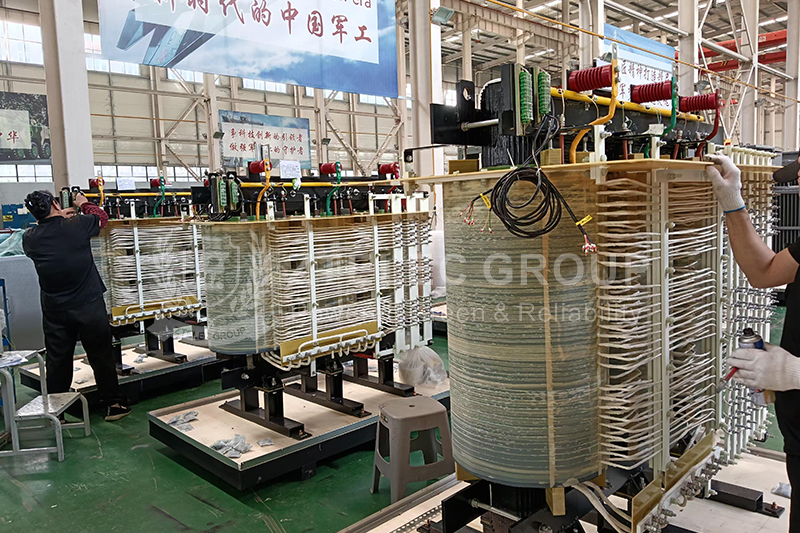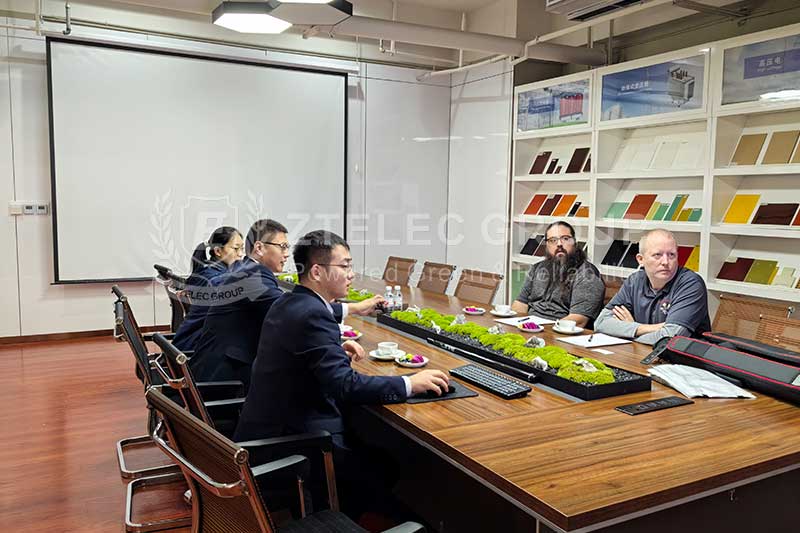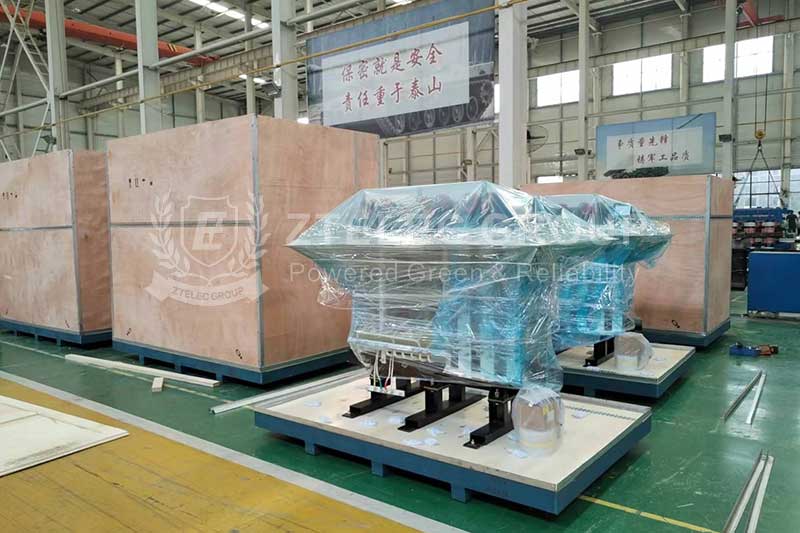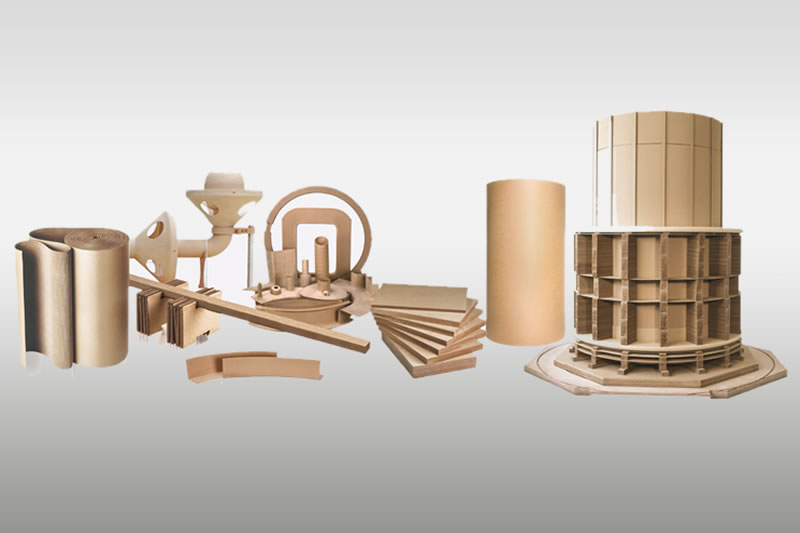Oil-Immersed Transformer Capacity Selection Guide: How to Choose the Right Model
Oil-immersed transformers are essential devices in power systems, mainly used for voltage regulation and power distribution. They rely on insulating oil for both cooling and insulation. Common models like the S11 series are widely used in industrial and utility applications. Understanding how to select the right transformer model can help ensure safe operation, reduce energy loss, and save costs over the long term.
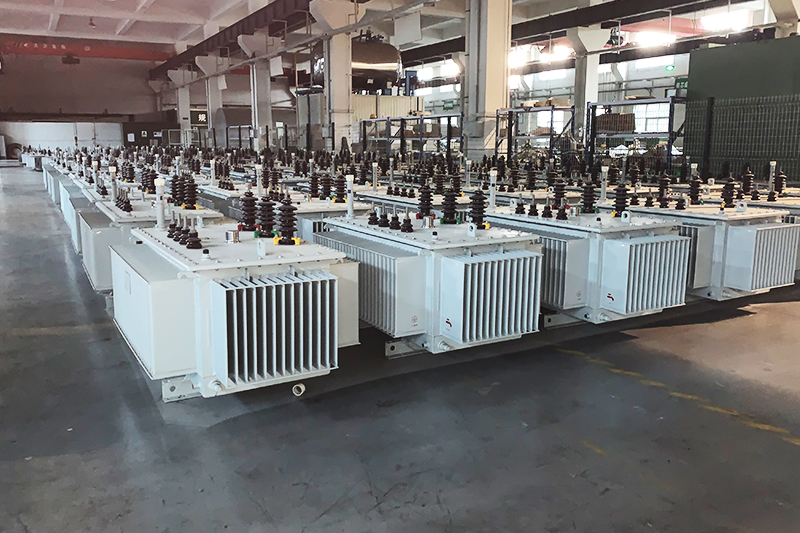
1. Determine the Right Transformer Capacity
Selecting the correct capacity is the foundation of transformer selection. It requires a comprehensive assessment of total load, load types, and potential future expansion.
Calculate Load Demand
Begin by summing up the total power consumption (in kW) of all equipment. Apply a simultaneity factor—typically between 0.7 and 0.9—to reflect the probability of concurrent operation. Then divide the adjusted load by the power factor (e.g., 0.9) to calculate the required transformer capacity in kVA.
Example: If the total load is 800 kW and the power factor is 0.9, the required capacity is 800 ÷ 0.9 = 889 kVA. In this case, you should select a 900 kVA standard capacity transformer.
Account for Impact Loads
Loads with high inrush currents, such as motors, elevators, or compressors, require extra capacity. Typically, an additional 20%–30% capacity is reserved to absorb the starting current and prevent voltage dips or overloads.
Consider Load Type
For standard loads like lighting or residential power, select capacity based on continuous load. For industrial applications with harmonics (caused by inverters or rectifiers), you may need a transformer with a higher K-factor or reinforced winding insulation to handle non-linear currents safely.
Plan for Future Expansion
Reserve 10%–20% additional capacity to accommodate future load growth. This prevents frequent transformer upgrades, reducing long-term investment and operational disruption.
2. Voltage Level Matching
Voltage compatibility is vital for proper transformer function. The primary voltage must match the utility grid—commonly 10kV or 35kV—while the secondary voltage must suit the load, such as 400V or 690V.
Choose an appropriate tap changer: no-load tap changers for stable grids, or on-load tap changers (±10%) for areas with fluctuating supply voltages. This flexibility improves voltage regulation and system stability.
3. Adaptability to Environmental Conditions
Environmental factors directly impact transformer performance and lifespan. Consider the following when selecting a transformer for a specific site:
Ambient Temperature
In high-temperature regions, opt for transformers with higher insulation classes (e.g., H-class) or use derating methods to prevent overheating and ensure stable operation.
Altitude
At altitudes above 1000 meters, cooling efficiency drops. Reduce the rated capacity by 1% for every additional 100 meters to compensate for reduced air density and ensure safe performance.
Ingress Protection
For outdoor installations or dusty/humid environments, select transformers with a protection level of IP55 or higher to resist moisture and particles, prolonging equipment life.
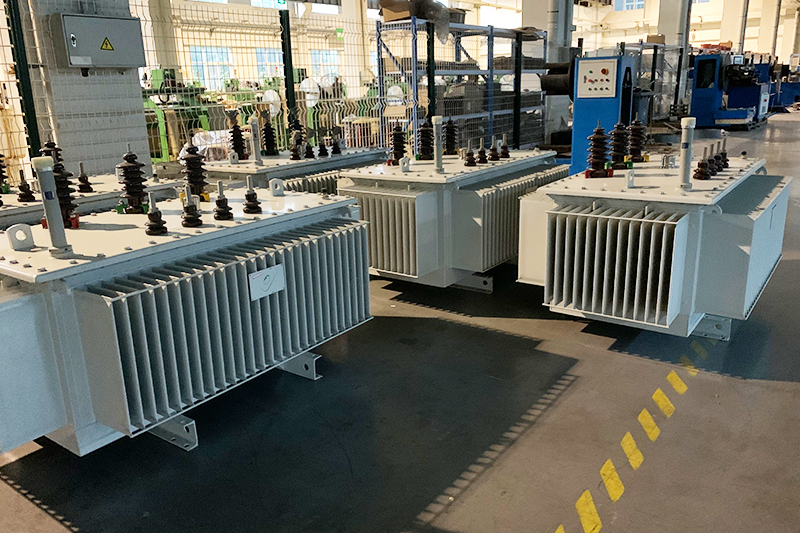
4. Energy Efficiency and Loss
Energy loss is a hidden cost in transformer operation. Prioritize models that meet national and international standards such as GB 20052 or IEC 60076.
For example, the S11-250 kVA model (250 kVA capacity) has a no-load loss not exceeding 480W and a load loss under 3650W, as per GB/T 6451. Energy-efficient models like the S13 or S15 series offer even lower losses, resulting in long-term energy savings despite higher initial costs.
5. Special Application Requirements
Additional application-specific factors may influence transformer selection:
Short-Circuit Impedance
Typical impedance ranges from 6%–8%. In high short-circuit current areas, opt for transformers with 10% impedance to reduce fault currents and increase system protection.
Harmonic Mitigation
If your load includes high harmonic content (inverters, rectifiers), select a transformer with harmonic-resistant windings or install harmonic filters to protect the transformer and improve power quality.
Fire Protection
In fire-sensitive zones, choose transformers with fire-resistant oils such as silicone or install pressure relief valves and temperature sensors to enhance safety and reduce fire risk.
6. Common Standard Capacities
Understanding standard transformer capacities can help narrow down your choices quickly:
| Application | Common Capacities (kVA) |
|---|---|
| Distribution Transformers | 30, 50, 100, 200, 315, 400, 500, 630, 800, 1000, 1250, 1600, 2000 |
| Power Transformers | 2500, 3150, 5000, 6300, 10000+ |
7. Transformer Selection Workflow
Use the following process to select the right oil-immersed transformer:
- Define your technical requirements: load type, peak demand, operating voltage, installation site conditions.
- Calculate load and reserve margin: identify peak demand and apply a 10%–30% buffer for future expansion or impact loads.
- Check performance parameters: ensure the selected model meets thermal limits, short-circuit rating, energy loss standards, and environmental adaptability.
- Consult with manufacturers: share detailed requirements (capacity, impedance, voltage, loss limits) and request factory test reports to verify compliance.
By following this structured selection approach, you can confidently choose a cost-effective, reliable, and efficient oil-immersed transformer that meets your current and future power demands.
- more+releated article
- 2026-01-04Common Power Transformer Faults: Causes, Solut
- 2025-12-312026 New Year Holiday Notice
- 2025-12-31Operation, Maintenance, and Service Life Manag
- 2025-12-30How to Select a 100 kVA–500 kVA Distribution
- 2025-12-29The Impact of NHN NMN Composite Insulation on
- 2025-12-26Practical Application of GPO-3 Insulation Boar
- 2025-12-2510kV Transformer Replacement Timeline: Install
- 2025-12-25Low Smoke EN45545 GPO3 UPGM203 Laminated Board
- 2025-12-24Merry Christmas — ZTelecgroup Christmas Cele
- 2025-12-24How to Select a Suitable 50kVA–500kVA Distri

